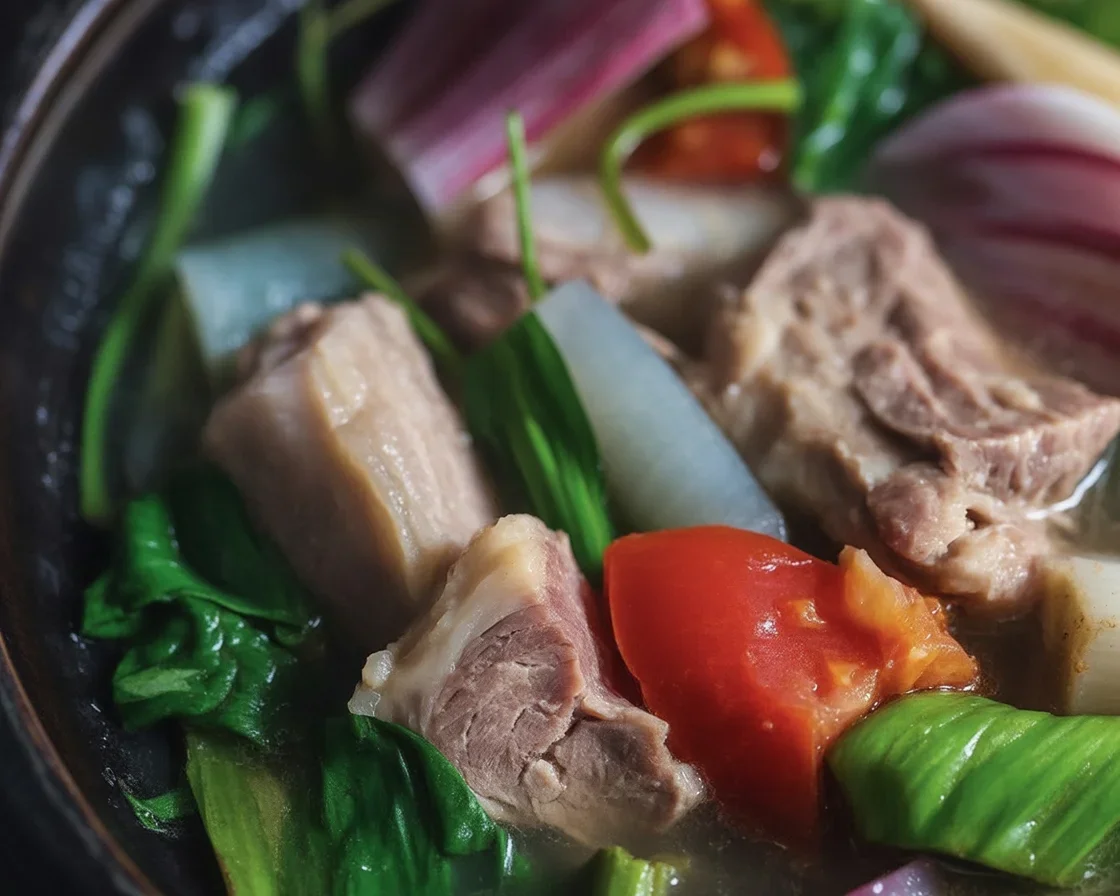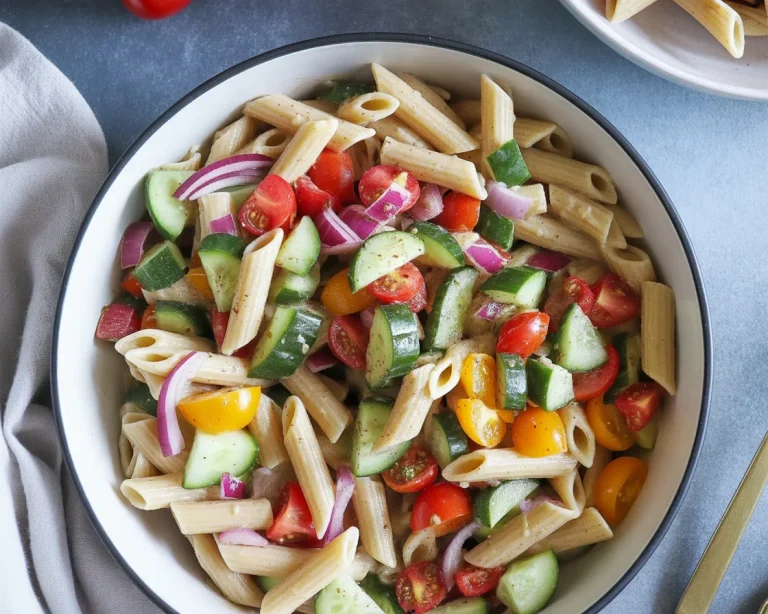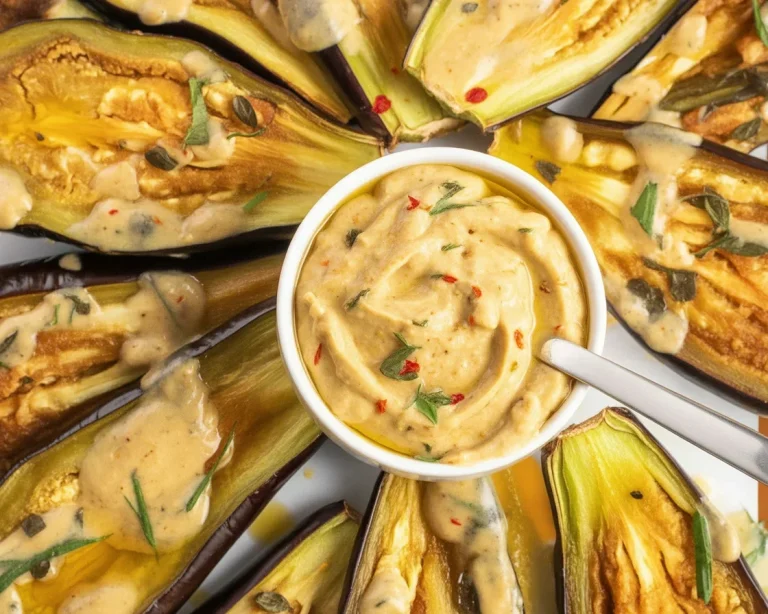Delicious Sinigang Recipe for a Cozy Night In
sinigang recipe popped into my head last rainy Tuesday night. I swear, nothing makes a dreary evening feel downright festive like a steaming bowl of this tangy Filipino classic. Maybe you’re craving some real-deal comfort food? Or maybe you just want to squeeze more flavor out of your regular dinner routine—trust me, this dish delivers. Want a fun side, too? Try this easy grilled chicken breast recipe that’s juicier than you’d think. I’m about to spill all my not-so-secret secrets for a cozy night in with a home-cooked meal that’ll make your heart (and your taste buds) do a happy dance. 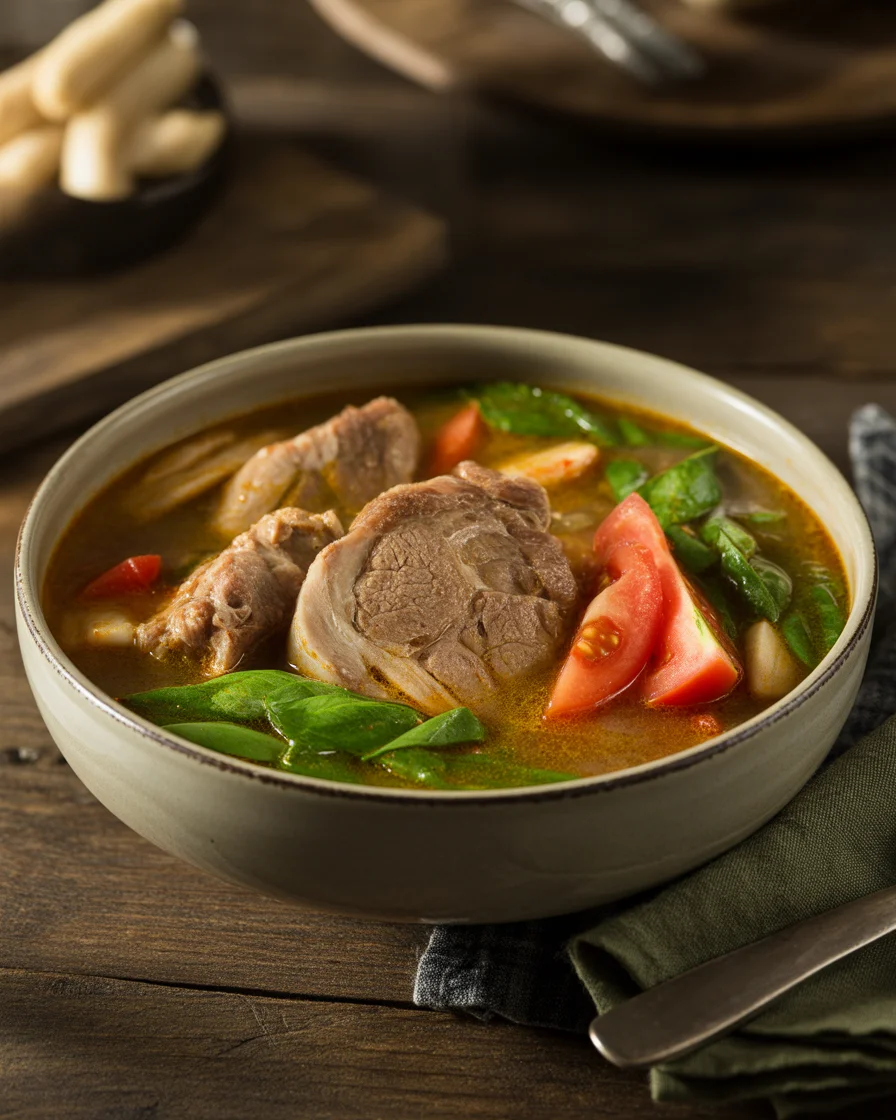
How to Cook Sinigang
Alright, let’s get one thing straight. sinigang recipe might look like it takes a PhD in broth-making, but it’s actually super forgiving. First, pick your protein. Traditional folks go for pork but chicken, shrimp, or even fish will do the trick. Put your meat (I usually grab pork belly—don’t judge) in a big pot, cover with water, and toss in onions and tomatoes. You’ll want that bubbling away until the meat’s tender. It takes a while, patience required.
Once your meat’s softened up, dump in your veggies. My Nana always said to stagger the veggies. Basically, toss the tougher ones first (like daikon or string beans) then leave the leafy stuff (kangkong, spinach, whatever’s handy) for last so it doesn’t go mushy. The magic, though? The sour kick. Tamarind pulp is classic but honestly, I’ve done it with those sinigang mix packets when I was too tired to fuss. Let it simmer, taste, and adjust. I don’t care what the purists say—make it as sour as you want. Nobody likes a bland soup. I’ll stop ranting now. 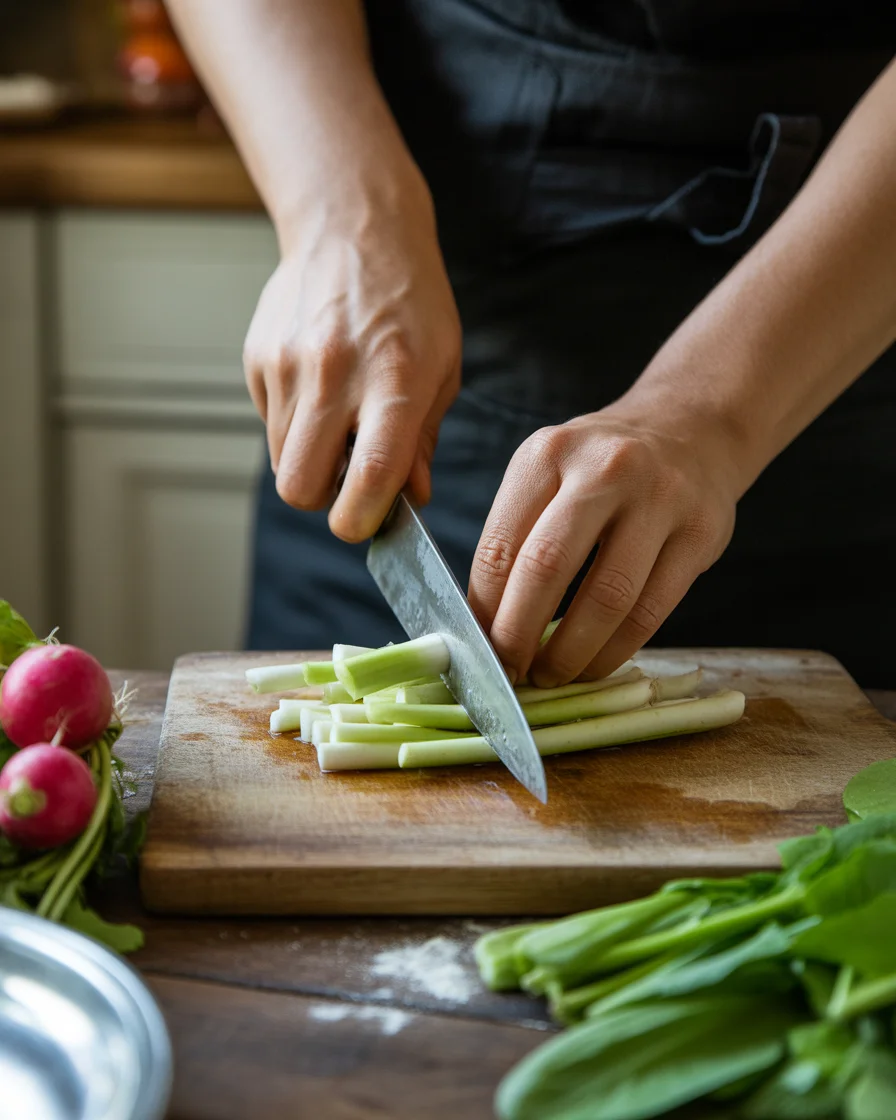
What fruits are used in sinigang to make taste sour?
Now, here’s a detail people gloss over—real sinigang recipe relies on the right fruit for that signature tartness. Tamarind steals the show most of the time and thank goodness for those sour pods, but there are a few other fruity curveballs.
Some families use unripe guava for a gentler touch. Calamansi’s another twist, especially if you’re out of tamarind (been there, done that!). Don’t laugh, a friend once used green mango—bit weird, surprisingly tasty. Definitely not “five-star restaurant” fancy, but refreshingly different. The point is, the sour agent really anchors the flavor, so don’t skip it or swap it for straight-up vinegar unless you like a throat-burning experience. Listen, whatever gives it a zip works in a pinch.
Sinigang Ingredients
You want the best results? Gather these basics before you crank up the stove:
- Meat: Pork (belly or ribs rocks), shrimp, fish, or chicken
- Sour base: Tamarind pods, paste, or those handy sinigang mix packets
- Veggies: Radish, eggplant, okra, string beans, tomatoes, taro (so creamy), spinach or kangkong
- Aromatics: Onion, garlic, green chili, sometimes ginger (totally optional)
- Seasoning: Fish sauce, salt, pepper
If you want to dress it up, throw in a few extras (like mushroom or baby corn), but honestly? No shame in sticking to the classics. Oh, and don’t holler if your local store’s out of taro—just swap it for potato. It’s all good.
Sinigang Alternative Ingredients
Maybe you can’t find everything or just want to remix the classic sinigang recipe. No problem, I’m all about kitchen improvisation. Try using beef shank for a heartier version—simmer it for longer, though. Or swap the tamarind for lemon juice if you’re desperate (but add it slowly, you don’t want full-on puckered lips). For folks avoiding pork, chicken thighs work fine. Heck, tofu’s totally cool for my vegetarian friends.
My aunt in California told me she uses Swiss chard instead of kangkong because, let’s be honest, finding kangkong outside the Philippines is like winning the lottery. And there’s even a local Chicago market around me that sells special eggplants from Thailand, which add a unique touch. So yeah, experiment. sinigang recipe is all about what brings you joy (and what’s in your fridge, let’s face it).
| Protein | Pork, chicken, fish, shrimp, beef, tofu |
| Sour Fruit | Tamarind, guava, calamansi, lemon, green mango |
| Veggies | Radish, taro, eggplant, okra, string beans, spinach |
Tips & Tricks
Wanna know what truly makes a sinigang recipe pop? Here’s my best wisdom—okay, more like stuff I wish someone told me earlier…
- For ultimate flavor, brown your meat first before boiling—it’s a small thing, makes a massive difference.
- Toss in green chilies if you like an extra punch, but keep ‘em whole so it doesn’t get spicy-pocalypse in your bowl.
- Layer veggies by cooking time—slow-cook roots first, leafy greens last.
- Stash leftovers, they taste even better after a night in the fridge! Just warm gently, don’t over-boil, or the veggies’ll get sad.
Oh, and don’t forget a side of white rice. That’s the law (okay, not really, but it should be). If you’re curious for another family favorite comfort meal, check out this mouthwatering smoked meatloaf recipe you’ll love to make next.
Common Questions
Q: Can I make sinigang recipe vegetarian?
Sure thing! Skip the meat, double up on mushrooms or tofu, and pack in a bunch of fresh veggies. Use veggie broth instead of water for a deeper taste.
Q: How do I balance the sourness if it’s too tangy?
Just add a bit of extra water or toss in a teaspoon of sugar. It mellows things out quick.
Q: What rice is best with sinigang?
Go classic with steamed jasmine rice, but honestly, any warm rice will soak up the soup perfectly.
Q: How long does sinigang last in the fridge?
Up to three days—just don’t let it overboil when you reheat, or you’ll turn the veggies to mush.
Q: What’s a good dipping sauce for meat from sinigang?
Mix a little fish sauce with calamansi juice (or lemon). Dip away!
Don’t Miss Out on This Filipino Essential
So, now you know why sinigang recipe is a staple in my kitchen. It’s cozy, gently sour, endlessly customizable, and always hits the right spot on cold or blah days. Everyone should try it at least once, and trust me, once you do, you’ll be reaching for ingredients before the next drizzle starts. If you want even more ideas or visuals, check out this step-by-step Sinigang Recipe or this cool Sinigang Recipe & Video – Hot Thai Kitchen for kitchen inspiration. You’ll wonder why you ever settled for plain old chicken noodle. Go cook up a storm—it’s the little things that really warm the heart. 

Sinigang
Ingredients
Method
- In a large pot, add the chosen protein and cover with water.
- Add chopped onions and quartered tomatoes.
- Bring to a boil and simmer until the meat is tender.
- Add the tougher vegetables first such as radish, eggplant, and okra.
- After simmering for about 15 minutes, add the string beans and green chili.
- Incorporate the tamarind pods or paste for sourness.
- Taste and adjust seasoning with fish sauce, salt, and pepper.
- Add leafy greens like spinach or kangkong and simmer for an additional 5 minutes.
- Serve hot with a side of steamed rice.

